When it comes to maritime trade and transport, shipping ports are the arteries of commerce, ensuring safe and efficient voyages for vessels. Ports serve as vital hubs for transferring goods and passengers, and their significance grows as global economies expand alongside increasing demands for cargo transportation.
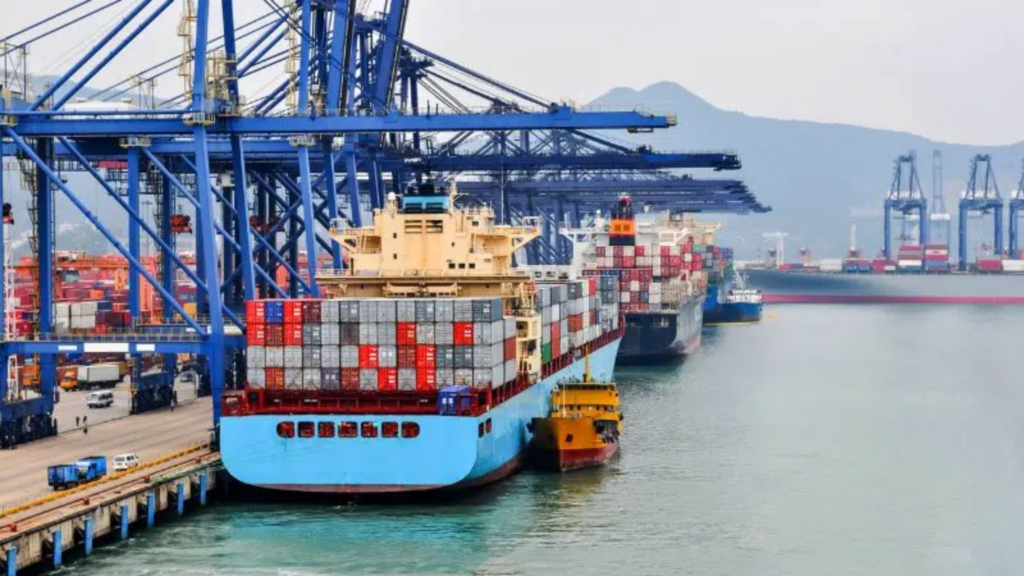
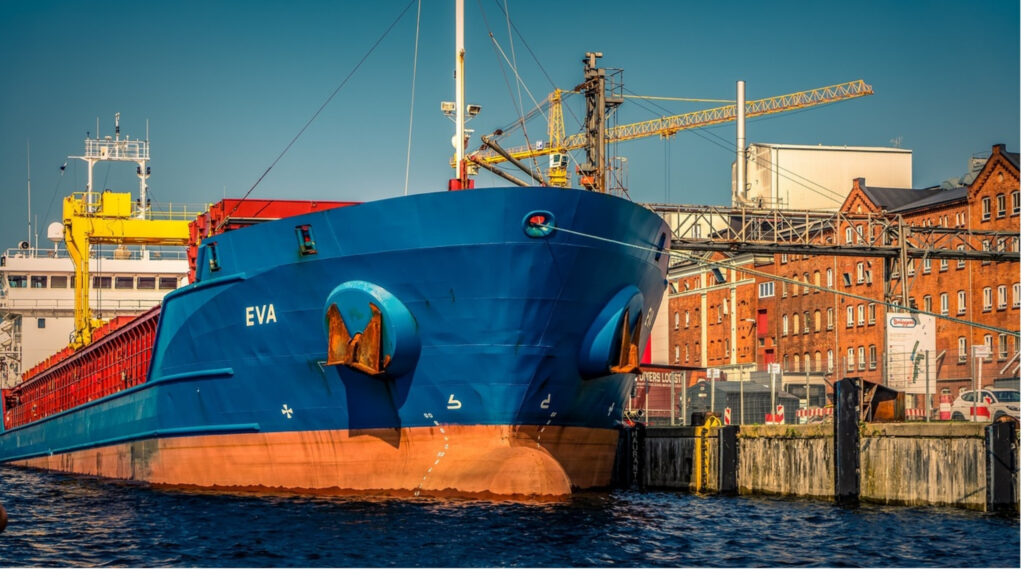
Ranked primarily by their handling capacity measured in TEU (Twenty-foot Equivalent Units), the following list highlights the twelve largest ports in the world, with China’s dominance reflecting its crucial role in global shipping and trade.
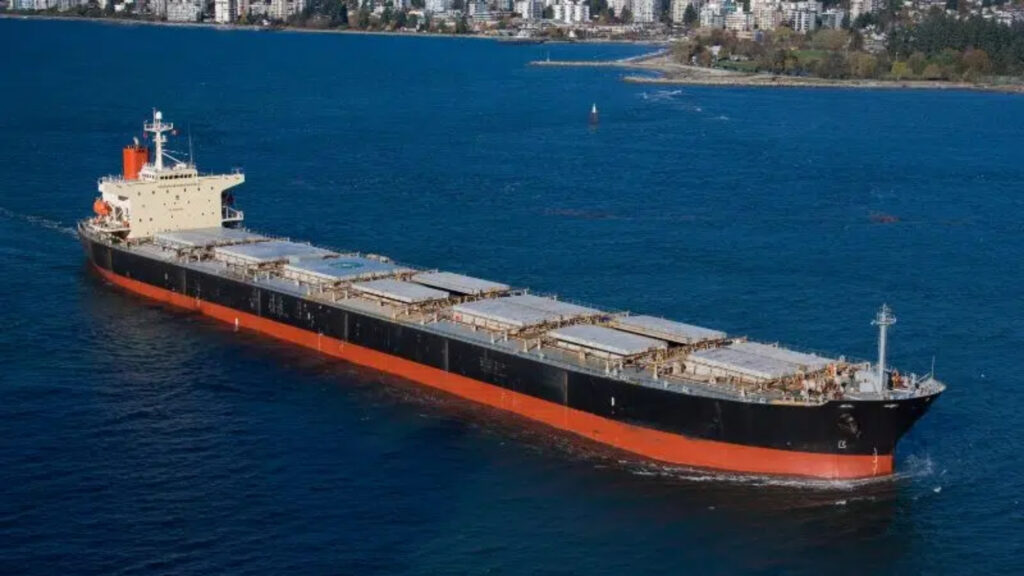
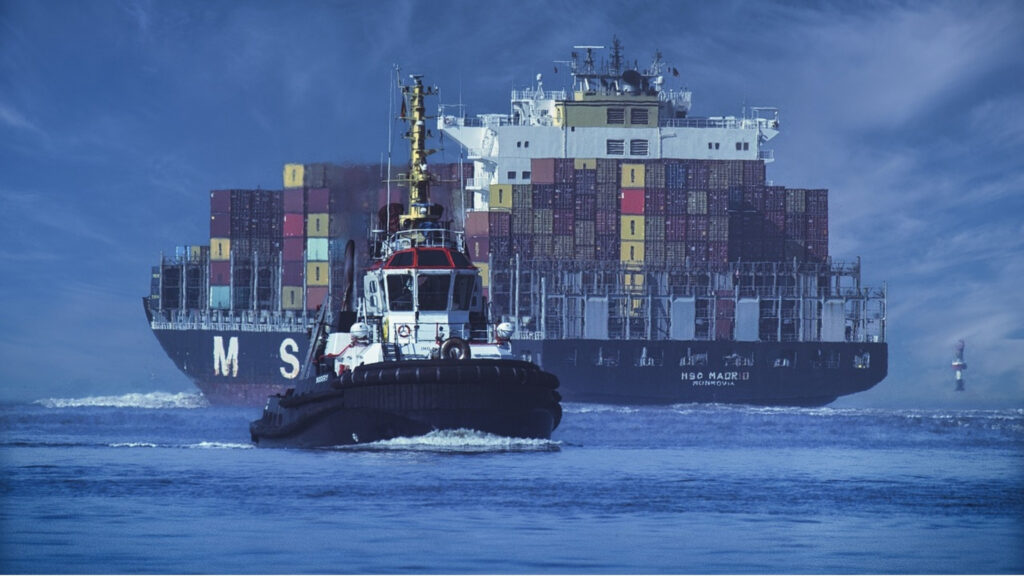
1. Port of Shanghai, China
Crowning the list as the world’s largest port, the Port of Shanghai is a bustling hub with five operational areas. Handling a staggering 744 million tonnes of cargo, it efficiently manages approximately 32.5 million TEUs annually. Strategically located at the convergence of the Yangtze River, the port is operated by the Shanghai International Port Group and boasts three major container areas: Wusongkou, Waigaoqiao, and Yangshan. This port is responsible for one-fourth of China’s international trade, servicing around 2,000 container ships each month.
2. Port of Singapore, Singapore
Once the reigning champion of global ports, the Port of Singapore now ranks second but remains a key player in international shipping. Covering 619.1 km², it connects more than 600 ports across over 100 countries. Handling approximately 537.6 million tonnes of cargo, this port is critical for global trade, accounting for one-fifth of the world’s container traffic and nearly half of the global crude oil supply. The port’s facilities include notable terminals such as Pasir Panjang and Tanjong Pagar.
3. Ningbo-Zhoushan Port, China
Combining the efforts of Ningbo and Zhoushan ports since 2006, this port is now the third largest worldwide. With an impressive cargo handling capacity exceeding 800 million tonnes, it serves as a prime location for trade, linking about 600 ports in 100 countries. Its extensive coverage includes key areas like Beilun, Ningbo, Zhenhai, and Daxie, operated by the Ningbo Port Group.
4. Port of Shenzhen, China
Shenzhen’s port, home to several smaller ports such as Yantian and Nanshan, is known for its impressive cargo capacity of over 270 million tonnes. With a robust network of over 40 shipping companies offering services to more than 130 countries, this port has positioned itself as a major player, especially in the electronics and mechanical component industries.
5. Port of Qingdao, China
Recognized as the world’s largest iron ore port, the Port of Qingdao manages around 400 million tonnes of cargo annually. Located at the Jiaozhou Bay’s entrance, it is operated by the Qingdao City Port Group and offers high-tech facilities for handling diverse cargo types. This port is notable for its efficient interconnection with about 450 global ports.
6. Port of Busan, South Korea
As South Korea’s largest port, Busan showcases an immense cargo capacity of about 298 million tonnes. The port operates key facilities such as Gamcheon and Dadaepo ports, strategically positioned in the Naktong River delta. In addition to serving as a commercial hub, Busan Port plays a crucial role in the nation’s fishery production and bulk freight export.
7. Port of Tianjin, China
Serving as China’s largest northern port, the Port of Tianjin covers 121 km² and operates on an impressive cargo handling capacity of around 476 million tonnes. Managed by the Tianjin Port Group, it forms a vital link between over 500 global ports, showcasing a strong commitment to accommodating various shipping needs.
8. Port of Guangzhou, China
Located in southern China, the Port of Guangzhou connects with over 300 ports in nearly 100 countries, boasting a cargo handling capacity of more than 460 million tonnes. Its strategic positioning has led to exponential growth since its initial stage in 1999, fundamentally serving the industrial belts of surrounding regions.
9. Port of Hong Kong
Hong Kong’s deepwater port is among the largest in the world and is renowned for its efficiency as a major container facility. Handling a diverse cargo stream, including manufactured goods and mineral fuels, it maintains strong export figures in electronics and machinery. With 18 berths, the port can manage over 20 million TEUs each year.
10. Port of Rotterdam, Netherlands
As the largest port in Europe and a crucial transshipment hub, the Port of Rotterdam handles approximately 441.5 million tonnes of cargo, covering 105 km². Once the busiest port globally from 1962 to 2004, ongoing development efforts aim to double its cargo handling capacity and maintain its status as a global trade gateway.
11. Port of Suzhou, China
Regarded as one of the busiest inland river ports worldwide, Suzhou port operates on the Yangtze River and comprises major areas like Changshu and Zhangjiagang. Spanning 353 km² with 224 berths, it boasts an impressive cargo handling capacity exceeding 500 million tonnes, facilitating significant trade in construction materials and coal.
12. Port of Dalian, China
Covering 15 square kilometers, the Port of Dalian handles over 303 million tonnes of cargo and 6.337 million TEUs annually. With about 80 berths and several key port areas, it serves as a regional hub for transportation, connecting over 99 shipping lines globally and further anchoring its position in the maritime landscape.
Conclusion
China’s exceptional dominance in the port sector is evident, as it leads the world with seven of the top ten largest ports.
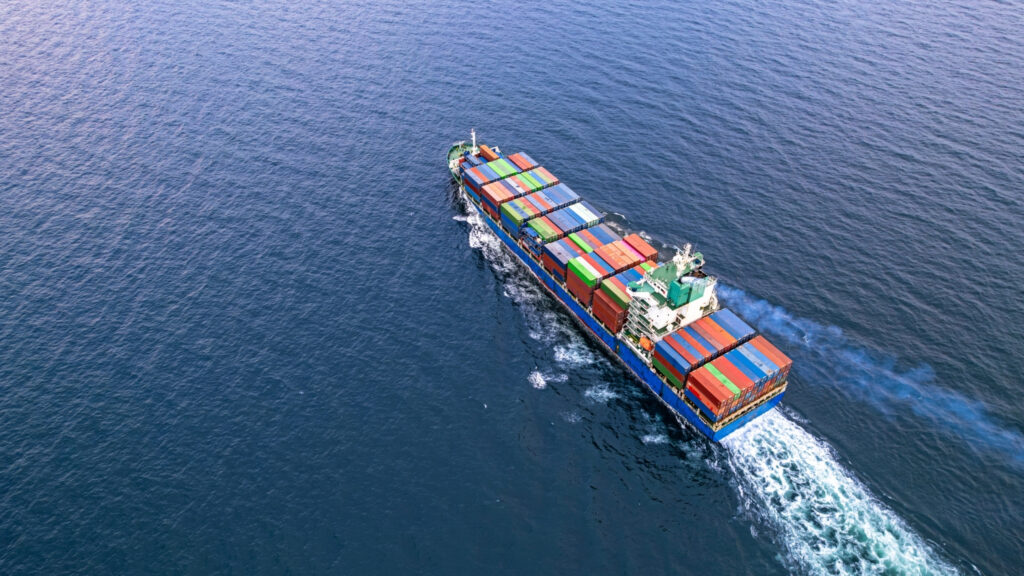
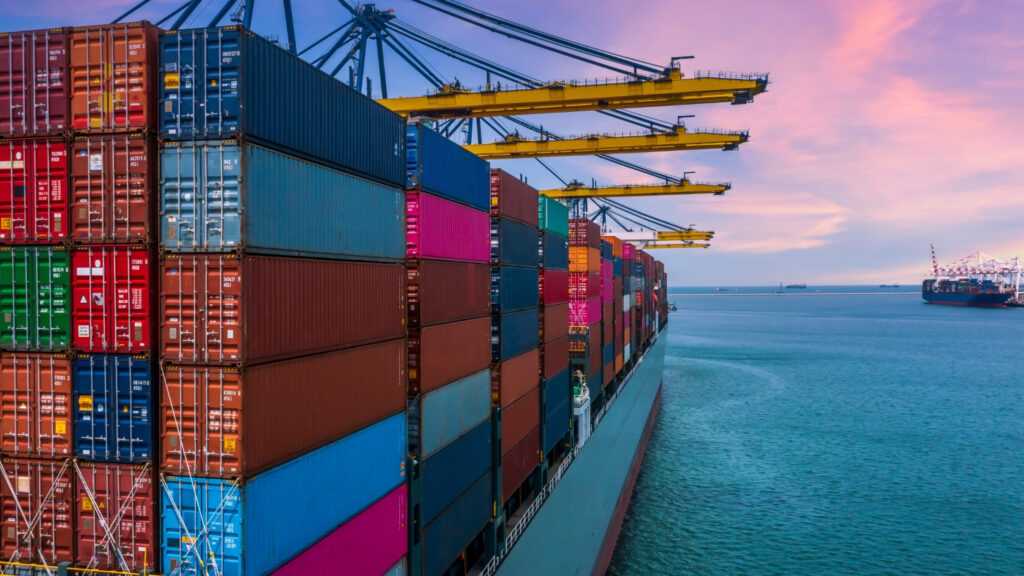
This ranking emphasizes the cargo-carrying capacity of these ports, ranging from 298 million tonnes at the Port of Busan to a staggering 744 million tonnes at the Port of Shanghai. As global shipping continues to expand, these ports play a pivotal role in supporting commercial networks and fostering economic growth across nations. The dynamic state of maritime infrastructure reflects an ongoing evolution that will shape the future of global trade for years to come.